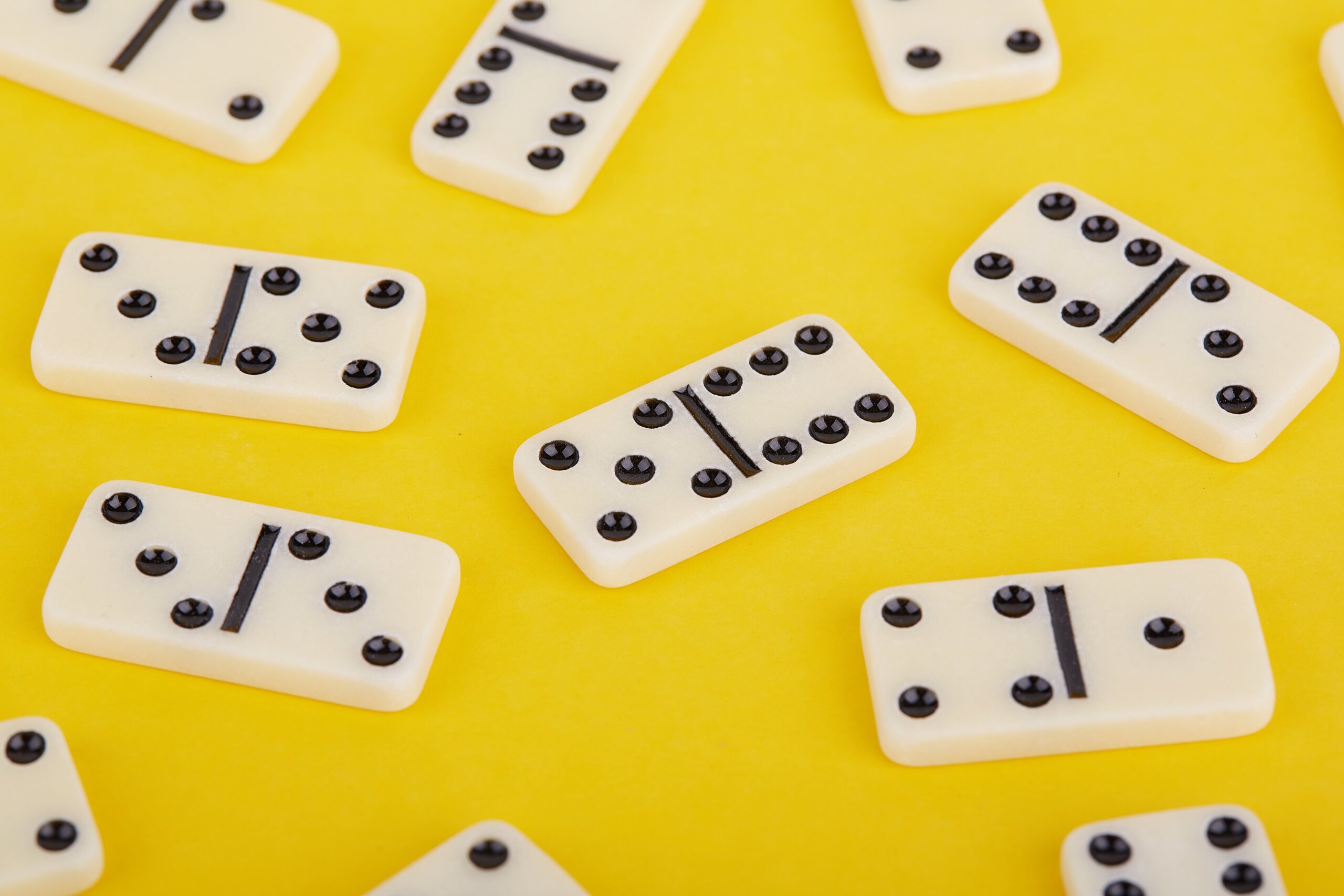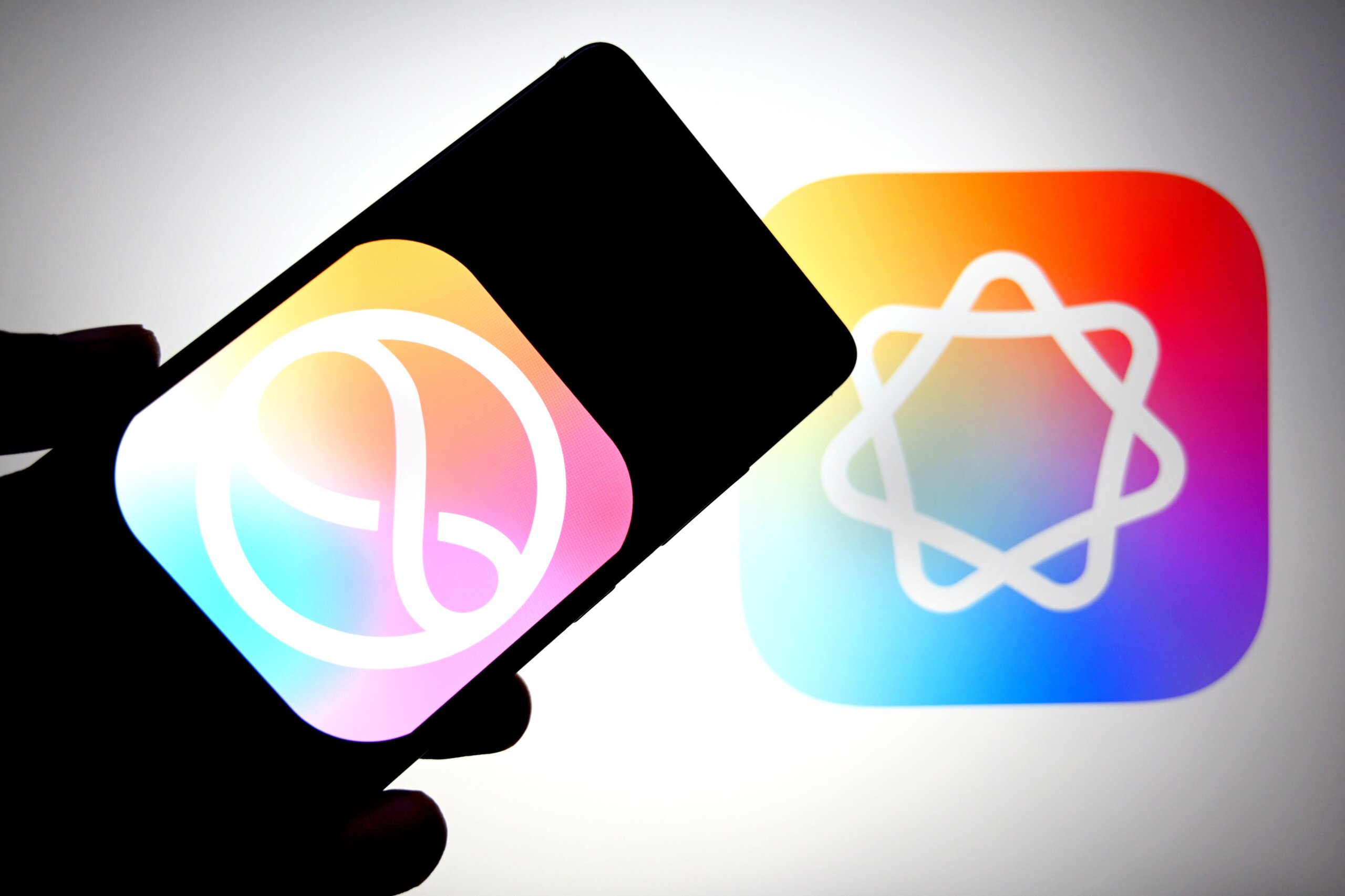Tech
Self driving taxis may be coming to NYC, as Waymo wins first AV testing permit

Robotaxis are braving the notoriously hectic New York City streets, as Waymo wins coveted approval to test its autonomous vehicles.
The self-driving ride-share company has been granted the first pilot permit by the city of New York. This permits the company to train its camera, LIDAR, and RADAR systems on the busy NYC grid. Other autonomous vehicle companies, including competitor Tesla, have made aggressive pushes into the metropolitan area in a race to own the market in major cities.
The permit allows Waymo to deploy eight vehicles (Jaguar I-Pace SUVs) throughout Manhattan and Downtown Brooklyn from now until late September. The vehicles will be occupied by a safety operator who will maintain constant contact with the steering wheel. Waymo is not approved to test with passengers under the city's taxi and limousine licensing requirements, and had to submit additional plans to the city's emergency services system and Department of Transportation to get approval. The company told TechCrunch it plans to begin testing its fleet "immediately."
Last month, Waymo announced it has plans for a robotaxi launch in Dallas in 2026, following the tongue-in-cheek deployment of Elon Musk-led Tesla robotaxis earlier this year. Waymo, a leader in the space, already operates fleets in San Francisco, Austin, Phoenix, and Los Angeles. For several years, Robotaxi companies have been gradually piloting autonomous vehicle services in major cities (predominantly California), but few have gone fully to market.
Tech
NYT Pips hints, answers for August 24

Pips is the newest game in the New York Times catalogue. Released in August 2025, the new game puts a unique spin on dominoes, creating a fun single-player experience that could become your next daily gaming habit.
Currently, if you're stuck, the game only offers to reveal the entire puzzle, forcing you to move onto the next difficulty level and start over. However, we have you covered! Below are piecemeal answers that will serve as hints so that you can find your way through each difficulty level.
How to play Pips
If you've ever played dominoes, you'll have a passing familiarity for how Pips is played. Like dominoes, the tiles are placed vertically or horizontally and connect with each other. The main difference between a traditional game of dominoes and Pips is the color-coded conditions you have to address. The touching tiles don't necessarily have to match.
The conditions you have to meet are specific to the color-coded spaces. For example, if it provides a single number, every side of a tile in that space must add up to the number provided. It is possible – and common – for only half a tile to be within a color-coded space.
Here are common examples you'll run into across the difficulty levels:
-
Number: All the pips in this space must add up to the number.
-
Equal: Every domino half in this space must be the same number of pips.
-
Not Equal: Every domino half in this space must have a completely different number of pips.
-
Less than: Every domino half in this space must add up to less than the number.
-
Greater than: Every domino half in this space must add up to more than the number.
If an area does not have any color coding, it means there are no conditions on the portions of dominoes within those spaces.
Easy difficulty hints, answers for Aug. 24
Number (6): Everything in this space must add up to 6. The answer is 0-6, placed vertically.
Equal (1): The domino halves in this space must be 1. The answer is 1-1, placed horizontally.
Equal (4): The domino halves in this space must be 4. The answer is 0-4, placed horizontally; 4-4, placed vertically.
Medium difficulty hints, answers for Aug. 24
Greater than (2): Everything in this space must add up to more than 2. The answer is 4-3, placed horizontally.
Number (1): The domino halves in this space must add up to 1. The answer is 1-4, placed horizontally.
Number (16): The domino halves in this space must add up to 16. The answer is 1-4, placed horizontally; 4-3, placed horizontally; 4-2, placed horizontally; 0-2, placed horizontally.
Number (0): The domino halves in this space must add up to 0. The answer is 1-0, placed vertically; 0-4, placed horizontally.
Number (0): The domino halves in this blue space must add up to 0. The answer is 0-2, placed horizontally.
Equal (2): The domino halves in this space must be 2. The answer is 0-2, placed horizontally; 3-2, placed vertically.
Hard difficulty hints, answers for Aug. 24
Less than (3): Everything in this space must add up to less than 3. The answer is 2-6, placed horizontally.
Equal (6): The domino halves in this red space must be 6. The answer is 2-6, placed horizontally; 5-6, placed horizontally; 4-5, placed horizontally; 6-6, placed horizontally; 6-0, placed horizontally; 6-1, placed horizontally.
Equal (4): The domino halves in this blue space must be 4. The answer is 4-6, placed horizontally; 4-3, placed horizontally.
Number (10): The domino halves in this purple space must add up to 10. The answer is 5-5, placed horizontally.
Less than (2): Everything in this space must add up to less than 2. The answer is 0-1, placed horizontally.
Number (2): The domino halves in this space must add up to 2. The answer is 0-1, placed horizontally; 6-1, placed horizontally.
Number (0): The domino halves in this space must add up to 0. The answer is 6-0, placed horizontally; 3-0, placed horizontally.
If you're looking for more puzzles, Mashable's got games now! Check out our games hub for Mahjong, Sudoku, free crossword, and more.
Tech
Apple eyes Google Gemini for Siri upgrade

Insiders say that Apple is in talks to use Google Gemini to beef up its already AI-enhanced iOS assistant.
First reported by Bloomberg News, the anticipated Siri upgrade — now slated for a potential 2026 release — may come as a customized LLM powered by Google's own Gemini chatbot. It's the latest in Apple's months-long exploration of external partnerships.
Sources familiar with the company told Bloomberg that Apple approached Google's parent company, Alphabet Inc., about a custom model, and Google, in turn, has been testing a model that can run on Apple's servers.
In June, rumors circulated that the iPhone creator may shelve its plans to build an in-house LLM to power a better Siri in addition to its Apple Intelligence features, and was instead seeking a partnership with either OpenAI's ChatGPT or Anthropic's Claude. Internally, the company has been weighing the pros and cons of an internal Siri AI (dubbed the "Linwood" project) versus an external technology (named "Glenwood").
At the time, Apple's interest in an outsourced Siri AI seemed like a defeat amid a still-expanding AI boom, as the company's rivals poached Apple's own leading AI talent to expand their efforts. But, in just the past month, other Big Tech companies have also decided to scale back their AI investments — a shift that some say signals an end to the AI "bubble."
Neither Apple nor Google confirmed the possible partnership, although both have signaled that a Gemini integration with Apple devices may be on the horizon in addition to their existing Search collaboration. The integration would be similar to previous deals between Apple and ChatGPT.
Tech
Netflix spells out generative AI guidelines for moviemakers

Netflix has given its media-making partners more parameters for using generative AI as the company becomes more brazen in its use of AI.
The entertainment giant's new generative AI guidelines, published last week on its Partner Help Center, outline low-risk and high-risk use cases for incorporating AI-powered tools or using completely AI-generated content in a piece of media hosted on Netflix. Reported by The Wrap, Netflix says its priorities are to protect personal data and creative rights, comply with legal standards of traditional content, respect performers, and build audience trust.
"At Netflix, we see these tools as valuable creative aids when used transparently and responsibly," the company wrote. Netflix also acknowledged ongoing AI demands from Hollywood's unions, urging creatives to ensure their work "does not replace or materially impact work typically done by union-represented individuals, including actors, writers, or crew members, without proper approvals or agreements."
Primarily, the company establishes a set of standards that determine whether gen AI use needs to be escalated to the top or just "socialized":
-
The outputs do not replicate or substantially recreate identifiable characteristics of unowned or copyrighted material, or infringe any copyright-protected works
-
The generative tools used do not store, reuse or train on production data inputs or outputs
-
Where possible, generative tools are used in an enterprise-secured environment to safeguard inputs
-
Generated material is temporary and not part of the final deliverables
-
GenAI is not used to replace or generate new talent performances or union-covered work without consent

Credit: Screenshot by Mashable/Netflix
Netflix came under fire in 2024 for the disclosed use of generative AI in the true crime documentary What Jennifer Did. Earlier this year, the streaming platform once again admitted to using generative AI in its post-apocalyptic original The Eternaut, replacing the work of a traditional VFX house with "AI-powered tools." Netflix co-CEO Ted Sarandos, lauding the decision, said the outcome was ten times faster than traditional methods. It was the first time generative AI final footage was included in a Netflix original series or film.
Meanwhile, Netflix may be adding AI-generated ads to the platform's cheapest tiers, a move that the company's advertising president called a merging of Netflix's entertainment and technological prowess.
-

 Entertainment5 months ago
Entertainment5 months agoNew Kid and Family Movies in 2025: Calendar of Release Dates (Updating)
-
Tech5 months ago
The best sexting apps in 2025
-

 Entertainment2 months ago
Entertainment2 months agoBrooklyn Mirage Has Been Quietly Co-Managed by Hedge Fund Manager Axar Capital Amid Reopening Drama
-

 Tech6 months ago
Tech6 months agoEvery potential TikTok buyer we know about
-
Tech6 months ago
iOS 18.4 developer beta released — heres what you can expect
-

 Politics6 months ago
Politics6 months agoDOGE-ing toward the best Department of Defense ever
-

 Tech6 months ago
Tech6 months agoAre You an RSSMasher?
-

 Entertainment4 months ago
Entertainment4 months agoKid and Family TV Shows in 2025: New Series & Season Premiere Dates (Updating)





